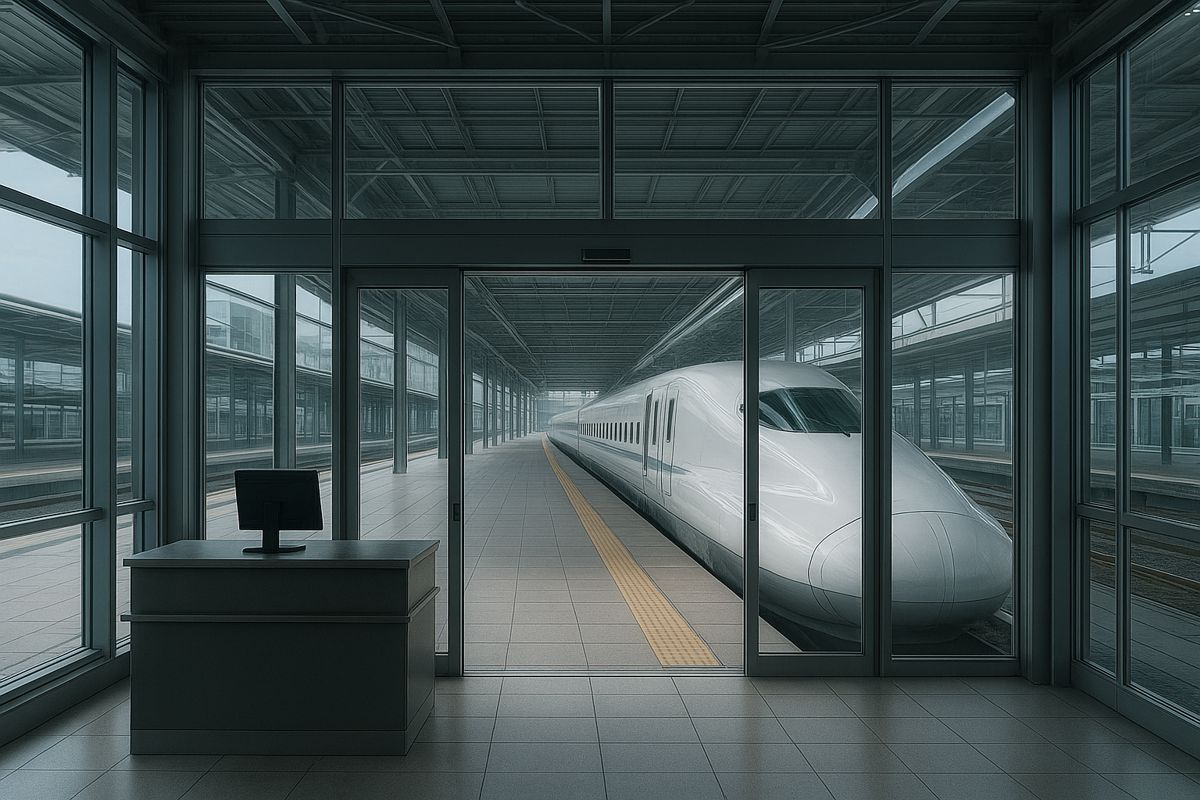Modern Architecture vs Traditional Architecture
Architecture has become a broad term, primarily focusing on building design. Architects play a significant role in design and project planning, and they are also responsible for creating visual representations of buildings and structures. They have a vital role in construction projects as they have duties to fulfil during all stages of the project — from the initial design drafts to the inception of the building.
The overall success and stability of the building depend on the architect’s ability to integrate the client’s requests into the designer’s interpretation. While building designs vary in style, function, and aesthetics, it all comes down to two types of architecture: modern and traditional.
Traditional Architecture
Despite its literary definition, traditional architecture has progressively evolved over the years to address housing and building design issues and keep up with clients’ changing needs and tenants. It is also a term used to define a particular way of creating a property using locally available resources and materials. This method effectively reduces construction costs, making traditional designs an economical building option.
In addition, vernacular architecture takes inspiration from known architectural designs from the past, particularly before the late 19th century. It is timelessly elegant and ideal for people who like classic art pieces, sculptures, and antiques.
With this in mind, traditional architecture requires a particular ethical commitment to local culture and traditions. However, the influence of Western civilization and the need to build a widely-accepted construction style has dramatically reduced the demand for traditional building solutions.
We can attribute this reduction to our changing lifestyle and an increasing need to achieve a high level of comfort in our living spaces. Many architects have difficulties in achieving these demands by implementing traditional methods. However, a good designer can effectively reduce energy costs and provide comfort by carefully implementing standard procedures. Architects can achieve conventional designs by using modern materials and innovative construction techniques to increase the convenience and efficiency of vernacular structures.
Modern Architecture
Modern architecture became widely accepted in the late 19th century following the innovations in construction, technology, engineering, and building materials. Many people have turned their back to traditional design concepts in favour of something more contemporary and functional. For your reference, these are the notable features of modern architecture:
- Space-saving
- High level of comfort
- More functional
- Cost-efficient
While our ancestors have developed building methods to support the foundation of traditional structures when it comes to weather resiliency, modern tools and materials have significantly made modern facilities more reliable and efficient. We cannot deny modern architecture’s convenience, from construction methods to building timeframes. As such, architecture must represent our current way of living rather than how we lived hundreds of years ago.
Traditional vs. Modern Architecture
Here is a detailed comparison of traditional and modern architecture to help you thoroughly understand the difference between the two:
- Floor Plan – The main advantage of a traditional design is that they capitalize on providing a larger space. This method is showcased in huge hotels, modern castles, villas, etc. However, modern architecture compensates for this disadvantage by converting large areas into small multipurpose rooms. Open-concept designs bring more to the table to provide more space to many inhabitants.
- Materials – Traditional architecture primarily uses locally sourced materials such as bricks, stones, and wood. While these were abundant and essentially free centuries ago, these are now considered expensive resources. For this reason, building materials cost less in modern designs due to the abundance of innovative materials such as concrete and reinforced plastics. In addition, spaces with a modern concept tend to use more blinds than heavy-textured curtains. Although they don’t have a more refined look than classic curtains, blinds offer more versatility and ease of maintenance. Aesthetics can dramatically improve the value of any property; that is why it is crucial to utilize products that have this feature, such as any surface recessed access doors.
- Windows and Lighting – To determine who’s at an advantage here, you must first identify your priority — form or function? The traditional style usually has smaller windows which require more artificial light. However, if you prefer a timeless look, you can take advantage of intricate window details such as stained glass, hand carving, woodworking, and antique interior lighting. On the other hand, modern designs offer energy efficiency as they primarily use large windows to bring in more natural light.
- Furniture – Modern furniture primarily focuses on durability and functionality. It may not be as elegant and vintage as classic pieces, but they come in various styles and designs and are cost-efficient. Meanwhile, traditional elements may look more appealing, but they tend to be bulky and expensive.
- Kitchen Design – Traditional architecture usually has bigger cabinets and drawers with wood polish for a classic look. In comparison, modern kitchens offer more functionality by using built-in features to optimize the space for faster cooking and effortless organization. Modern kitchens also utilize smart appliances, which are more safe, efficient, and convenient.
The Verdict
Compared to traditional architecture, modern structures effectively utilize building materials that are relatively affordable and faster to produce. Contemporary designs promote the smart utilization of space, are more functional, and exude a casual and relaxed ambiance than traditional settings.
On the other hand, traditional structures are superior in durability. There is a reason why its building materials are far more expensive because traditional materials like terracotta and stone are more resilient towards extreme weather and last longer.
There are creative ways to co-exist with these two designs despite their differences. An experienced architect can perfectly integrate form and function, as both modern and traditional architecture has significant benefits to ensure the efficiency and longevity of the structure.




















